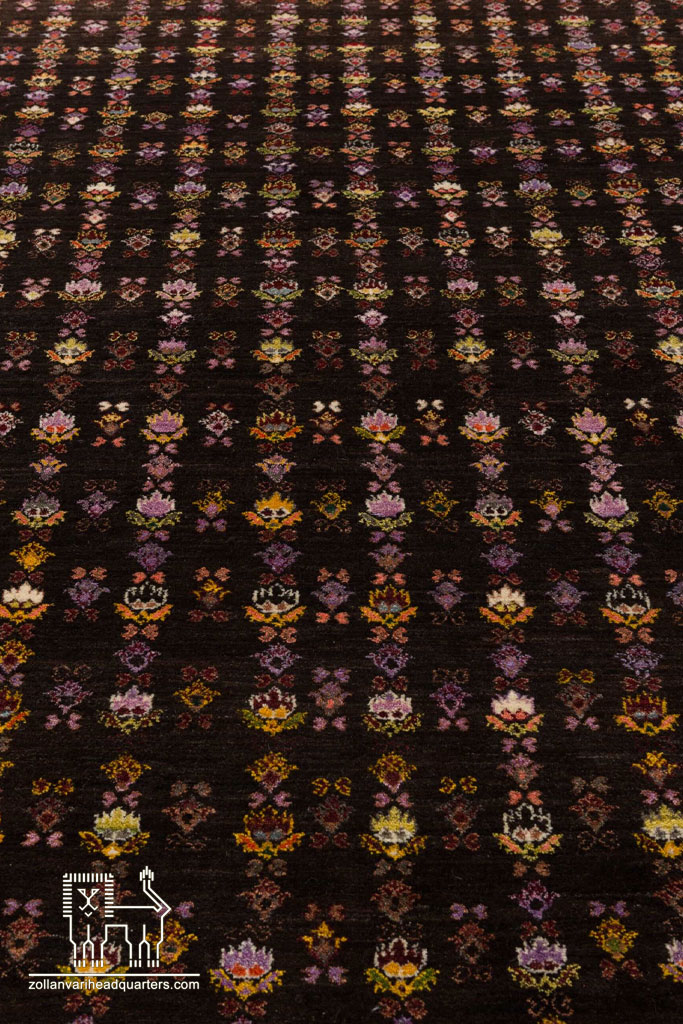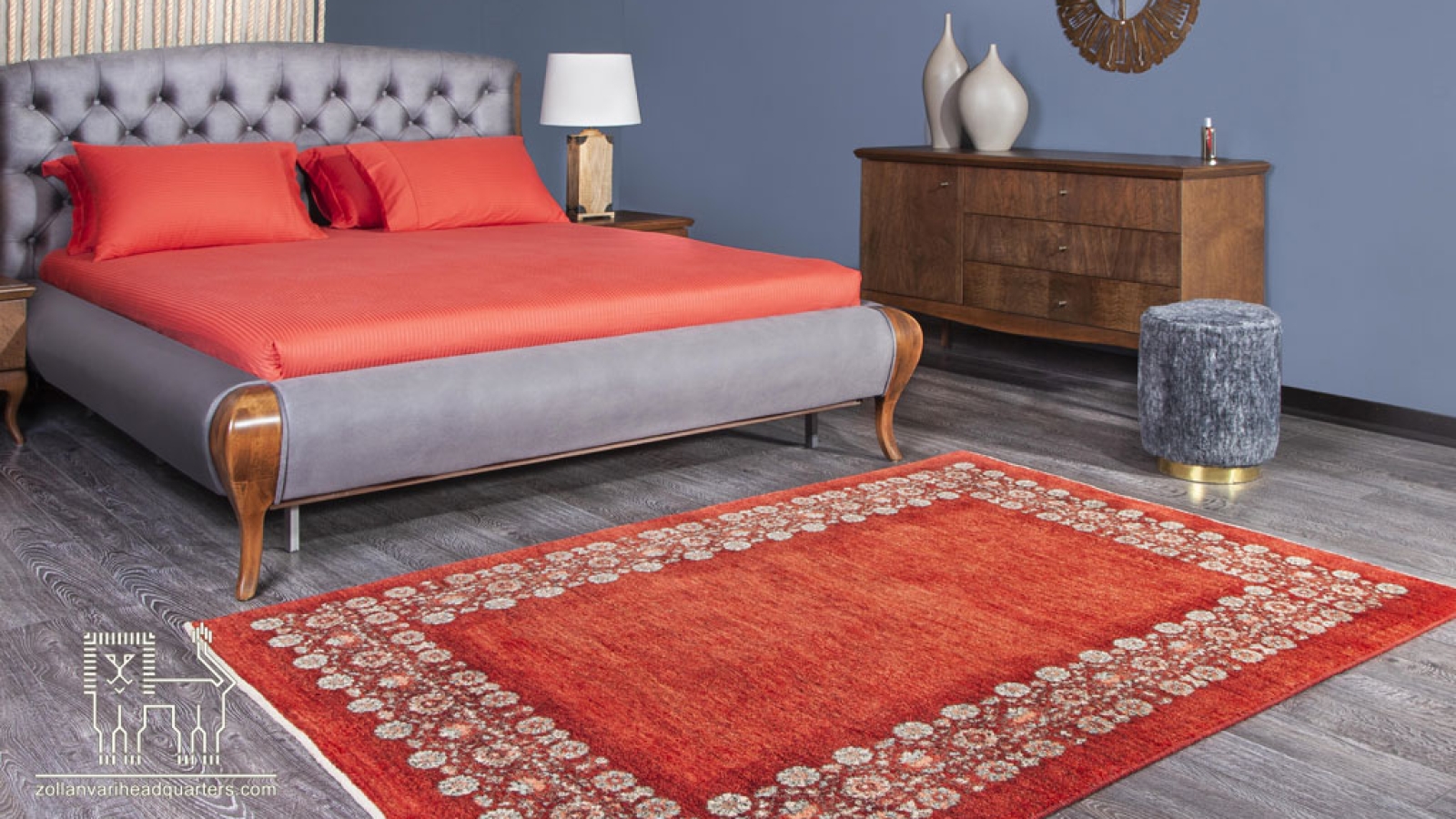Handwoven Carpet Design: An Influenced Factor by Conditions
Carpet design, as a rich and multi-dimensional art, not only reflects the artistic skills and creative spirit of the artist but is also influenced by various cultural and social factors. These influences include local history and culture, religion, the choice of colors and patterns, social structure, and even historical and political events. Each of these elements plays a role in the design process, creating a deep connection between art and human societies. Thus, carpets are recognized not only as beautiful and functional objects but also as representatives of the identity and history of a society. In the continuation of this article on the Zollanvari website, we will further discuss these influences.
How Do Culture and Society Influence Carpet Design?
Handwoven carpet design is influenced by the following factors:
- Carpet, as a multi-dimensional art, is clearly influenced by the history and local culture of each region. The patterns and designs used in carpets reflect the stories and traditions of the people who created them.
- The colors and materials used in this art are indicative of the cultural identity and history of the region. For example, Kurdish carpets, with their bright colors and geometric patterns, symbolize the nature and daily life of the people of this region. In this way, carpets not only serve as decorative objects but also as a visual narrative of local culture and history.
- In addition to cultural influences, religion and beliefs play a key role in carpet design. Religious and mythical patterns are clearly seen in many carpets, reflecting the beliefs and values of the society that produced them.
- Moreover, historical and political events such as wars and social changes directly affect the patterns and designs of carpets.
- The social structure and needs of families and local communities also play a role in the design process of this art.
- Finally, technological advancements and industrial changes have led to innovations and diversity in carpet production methods, contributing to the dynamism and continuous adaptation of this art to cultural and social changes.

Handwoven Carpet: A Timeless Work of Art
Iranian carpets, not only as decorative items but also as symbols of the country’s culture and art, have held a special place throughout history. The remarkable feature of these carpets is their flexibility and adaptation to different cultural needs and tastes. Iranian creative weavers, by combining modern ideas with traditional patterns, have created diverse designs, each telling a story of the nation’s history and identity. From the Safavid era to the Qajar dynasty and even today, Iranian carpets have always evolved and innovated, ensuring this rich art continues to have a special place not only in homes but also in the daily lives of Iranians. Additionally, the influence of this art can be seen in machine-made carpets, reflecting the continuity and spread of this cultural heritage.
Final Words
Handwoven carpet design is a rich and multifaceted art influenced by culture and society. This art not only showcases artistic skills but also reflects local history, religion, colors, and patterns. Carpets, as symbols of the identity and history of societies, narrate cultural and social stories. Handwoven carpet design is one of the most important and influential factors in its beauty. If you intend to buy this unique Iranian piece, you can explore our exceptional products. Just visit the product section of the website and be amazed by the diversity on display. If you have any questions or concerns, you can use the contact numbers on the site. Our experts are always striving to guide you in the best way possible. Our goal is to enhance your awareness for a secure and high-quality purchase.

